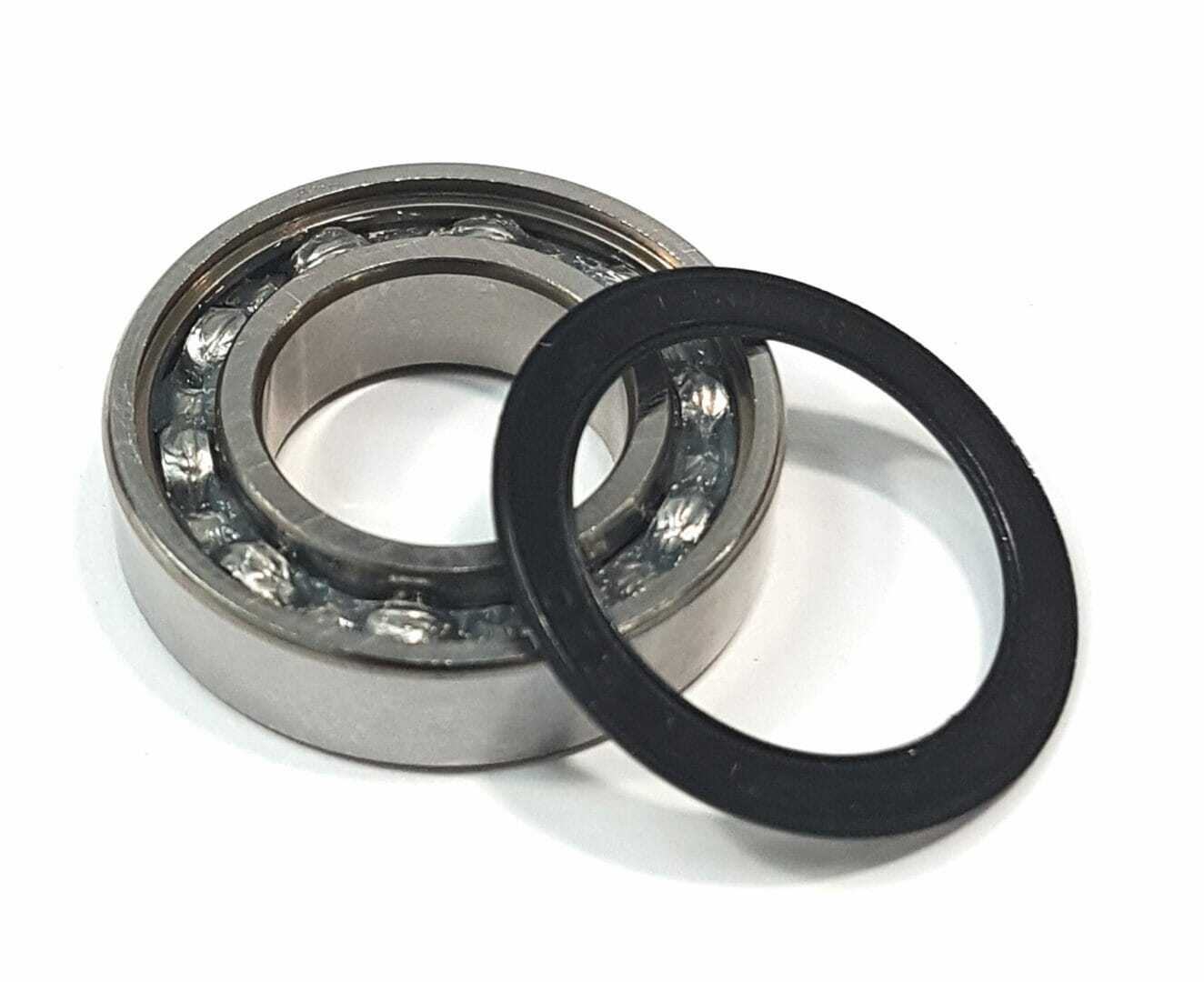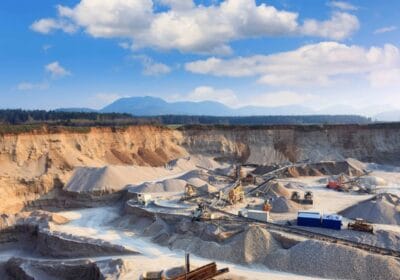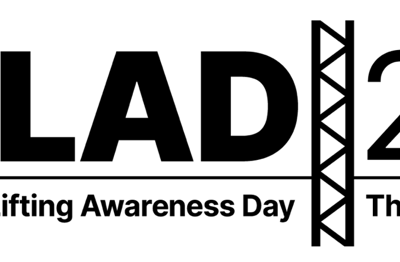~ Asking the right questions is key when choosing between shields and seals ~
Knowing the suffix code for your preferred bearing closure may make you look like a bearing whizz. However, asking the right questions to ensure that you’ve selected the most suitable option for your specific application environment is the real smart move and will extend your bearing’s service life in the long run. Here, Chris Johnson, managing director at specialist bearing supplier, SMB Bearings, explains three questions you should ask when choosing between a bearing shield or seal.
Do you require high contamination protection?
Bearing closures are not always essential; however shielded and sealed bearings provide much better protection from contamination and help retain the bearing lubricant.
For applications in the food and beverage or pharmaceutical industry, equipment must adhere to strict hygiene and safety standards. In these environments, contamination protection is of utmost importance, so opting for a contact seal is favourable to help protect against dirt or fluid ingress.
A contact seal is designed to contact the bearing inner ring with the lip of the seal. The inner lip of the seal rubs against the bearing inner ring to provide an effective seal against smaller particles such as dust and moisture, while preventing lubricant leakage. The standard bearing seal consists of nitrile/BUNA-N rubber bonded to a metal washer.
For equipment that deals with regular wash-downs, a contact seal will also offer effective water resistance. This, combined with a food grade grease, will help to stop grease washing out of the bearing. Many steel bearings for this industry need to be supplied with non-toxic lubricants approved to NSF (formerly USDA) H1 or H2 standards.
Will the bearing be operating in extreme temperature conditions?
Shielded metal bearings can generally withstand higher temperatures than sealed bearings. In high temperature applications, 440 grade stainless steel bearings perform well and can be used at temperatures of up to 300°C. Rubber or plastic may risk melting if subjected to extreme conditions and can cause the bearing to fail if pieces melt off and enter the raceway. In these scenarios, a shielded bearing is advisable. In addition, shields on stainless steel bearings make no contact with the inner ring, so they do not increase starting or running torque.
What speed will the bearing be operating at?
For high speed applications such as cycling and skateboarding, a non-contact seal is a preferable option. Offering greater contamination protection than shields, non-contact seals do not affect maximum speed or bearing torque. In contrast, contact seals reduce maximum speed by approximately 40 per cent — so it’s worth specifying the right closure. A non-contact seal is fixed into a groove in the outer ring of the bearing and has a very thin lip adjacent to the inner ring but crucially does not make contact. Non-contact seals can therefore be used for low torque, high speed applications.
As with any element of a bearing design, a bearing closure should be expertly matched to its operating environment. We’d always recommend talking to a bearing specialist, as specifying the right bearing in the first instance can save unnecessary maintenance costs in the long run.
Further information about bearing closures can be accessed via SMB Bearings’ shields and seals guide, which can be downloaded for free on the website.







